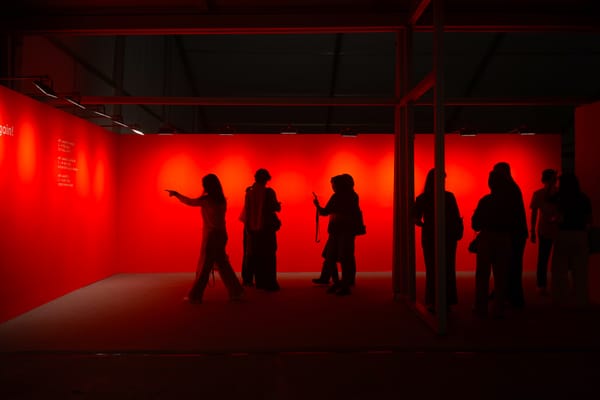Market
What’s Showing at Art Basel OVR:20c
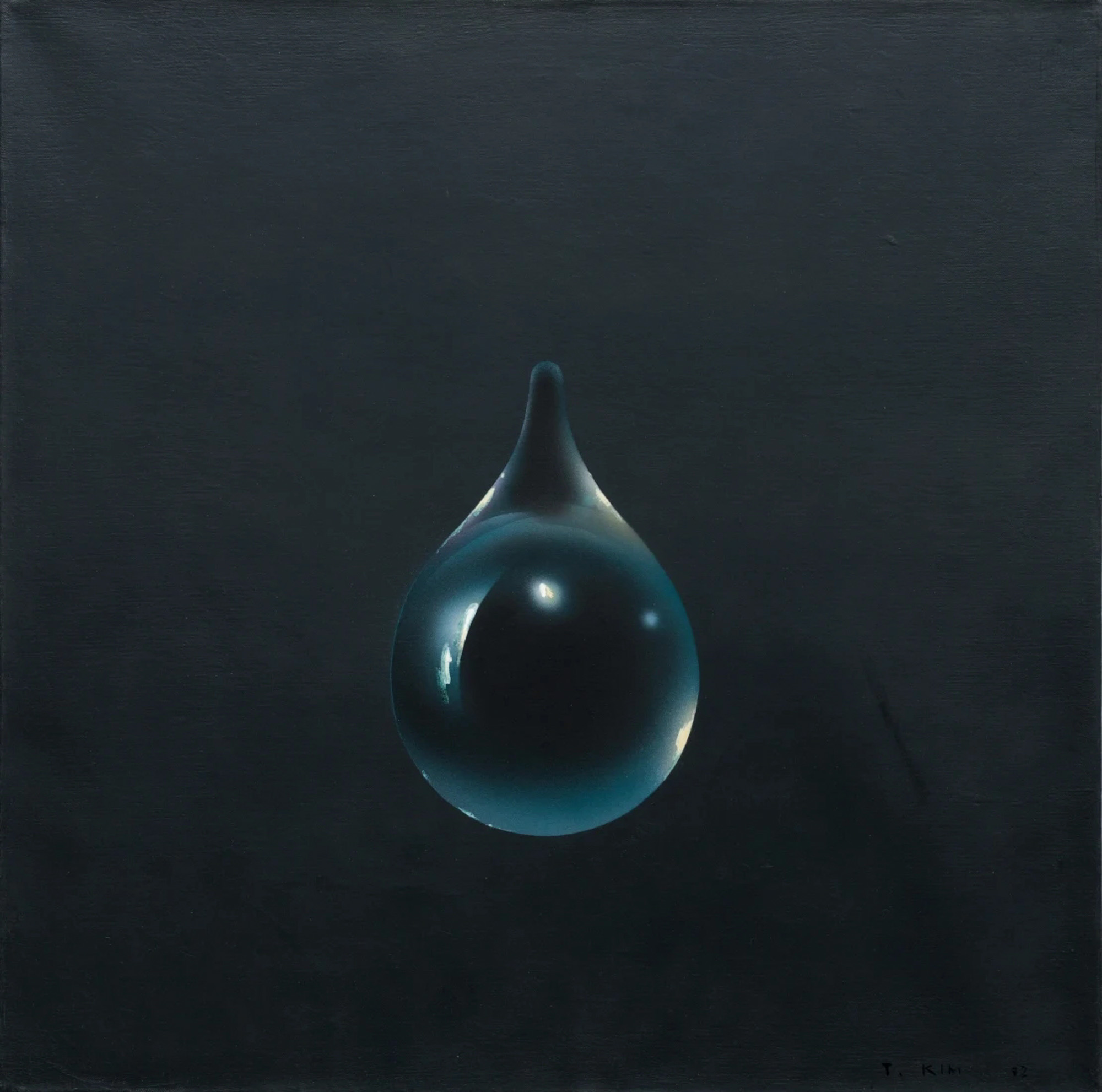
The second edition of Art Basel’s October online viewing rooms, OVR:20c, focuses on artists of the postwar era. Among the 100 participating galleries, some dealers opted for a solo showcase while others are presenting a selection of artists from their rosters. Here is a look at some of the highlighted artists and galleries from across Asia in OVR:20c, which runs online through Sunday.

Tina Kim Gallery, New York
Kim Tschang-Yeul's works reflect the political turmoil and traumatic aftermath of the Korean War, which he personally experienced. The painter has devoted his practice to portraying droplets of water, transforming negative sentiments into a transparent, peaceful state, as demonstrated in his Événement de la nuit (1972), depicting a single pearly droplet against a black canvas.

Arario Gallery, Seoul / Cheonan / Shanghai
Multimedia artist Soungui Kim showcases a series of photographs taken during the late 1980s and 1990s using camera obscura. The pinhole camera celebrates experimentation and chance, producing images that oftentimes appear fuzzy. Black and white photograph Shi-Lin East & West (1991), of a hazy and unidentifiable field, captures the essence of how such technology creates an alternative variation of everyday life.
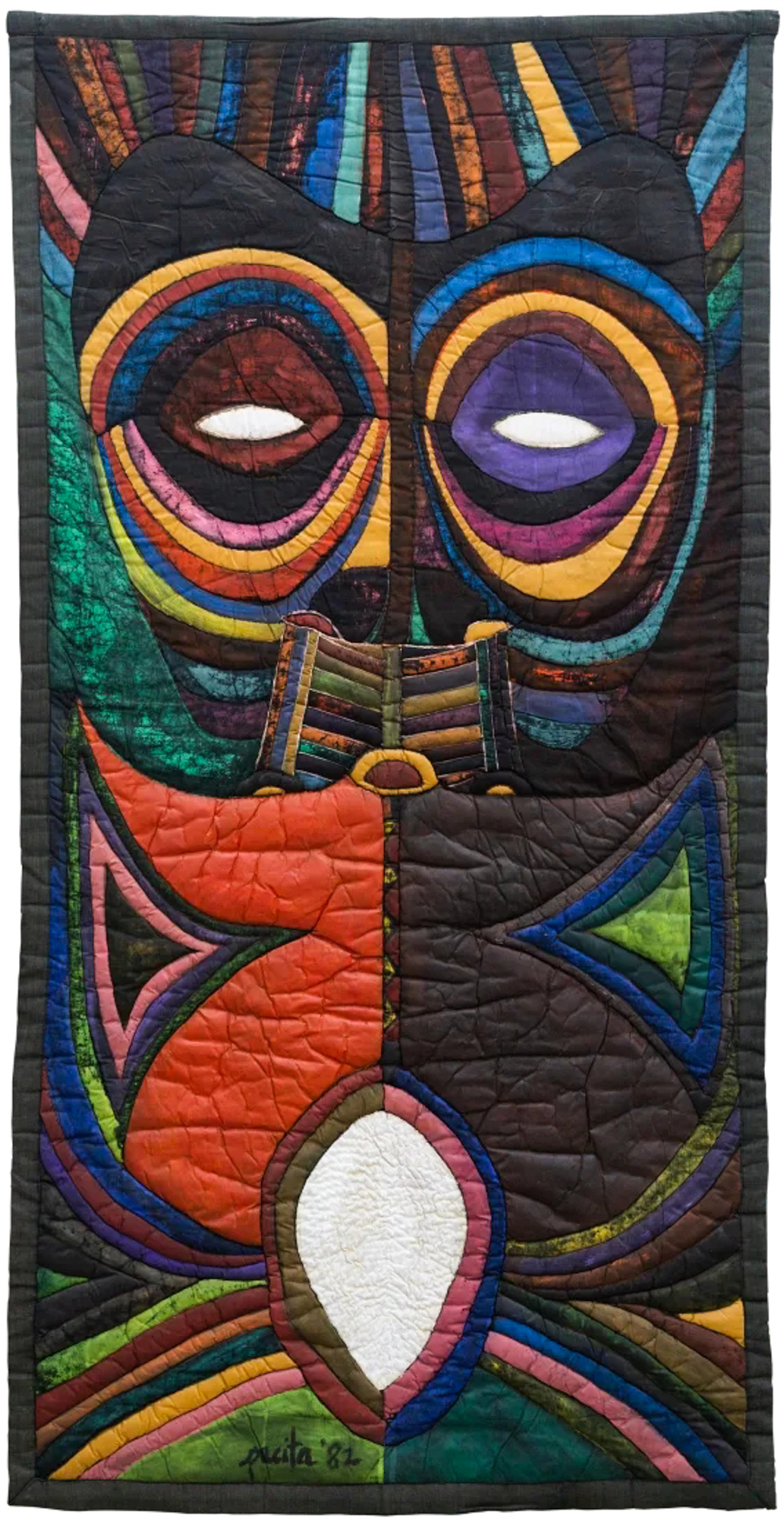
Silverlens Gallery, Manila
Highlighting the career of the late Filipino-American artist Pacita Abad (1946–2004), Silverlens presents mixed-media tapestries from the artist’s “Masks and Spirits” series (1982–2000), depicting exaggerated motifs alongside juxtaposed colors and patterns. Via these works, Abad materializes the relationships between gender, labor, and power.

The Third Line, Dubai
The solo presentation of the late multidisciplinary artist Monir Shahroudy Farmanfarmaian (1922–2019) at The Third Line features her less well known works on paper, which includes abstract drawings made during her self-imposed exile in New York as well as floral sketches. Green organic lines seemingly dance across the paper alongside lines of purple and orange in Untitled (D24) (1993), which exemplifies the artist’s attention to detail and preference for simplicity.
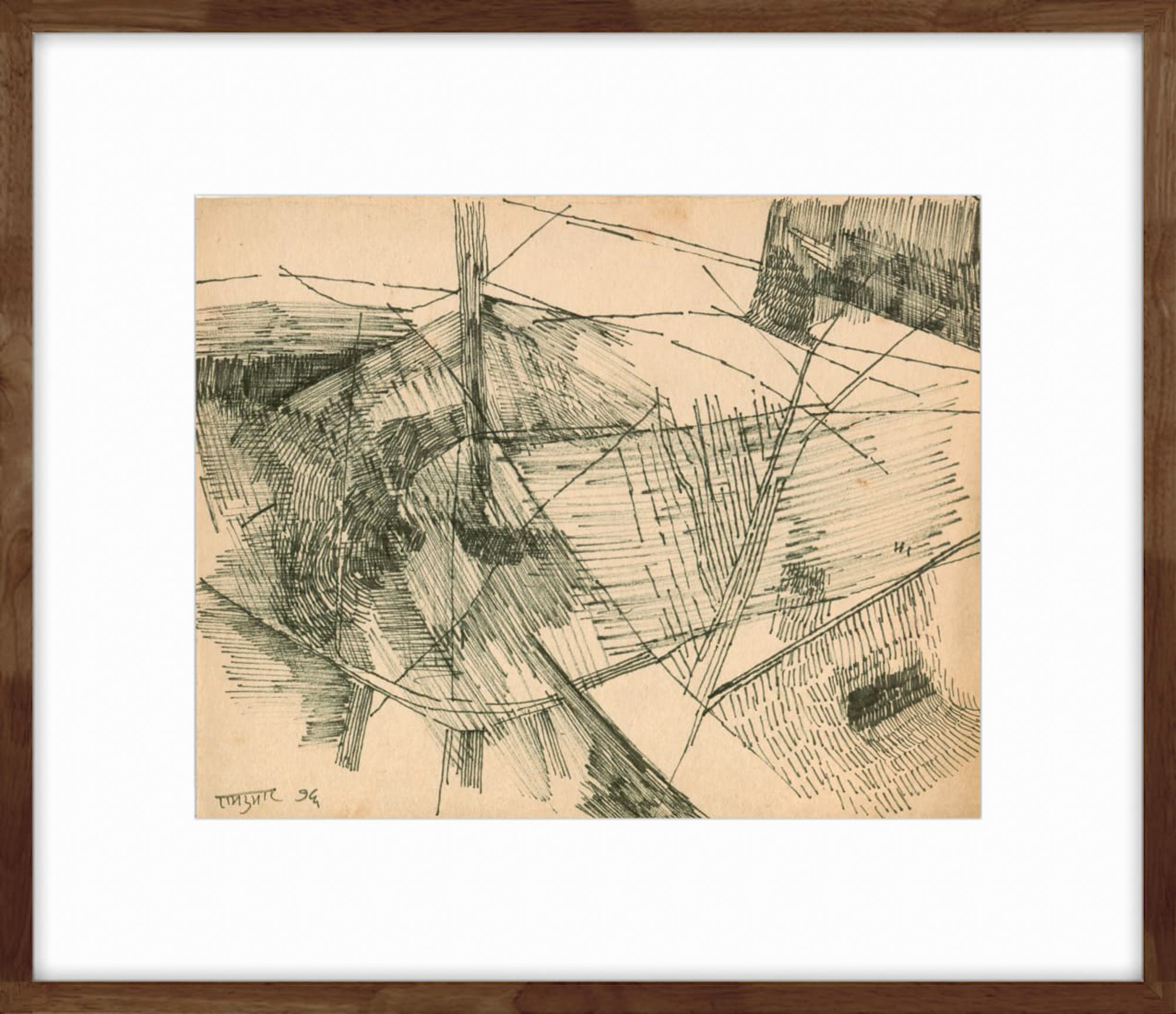
Vadehra Art Gallery, New Delhi
“The Ascetic Line: Drawings of Ram Kumar” exhibits a rare collection of early drawings from the 1960s and 1970s by Progressive Artists’ Group member Ram Kumar (1924–2018). The booklet of Untitled (Artist Sketchbook of 35 Drawings) (1960), done in pen and ink, for example, captures the late artist’s attempts at deconstructing the natural sceneries of Benaras or Varanasi via the usage of lines and abstract forms.

Edouard Malingue, Hong Kong / Shanghai
Edouard Malingue is displaying a collection of abstract paintings by Dansaekhwa painter Cho Yong-Ik, who differs from other Dansaekhwa artists in his subtle employment of color to convey multiple emotional states. The paintings, depicting delicate systematic marks, challenge the definition of Dansaekhwa, reinforcing its association with elements of meditation and performance.
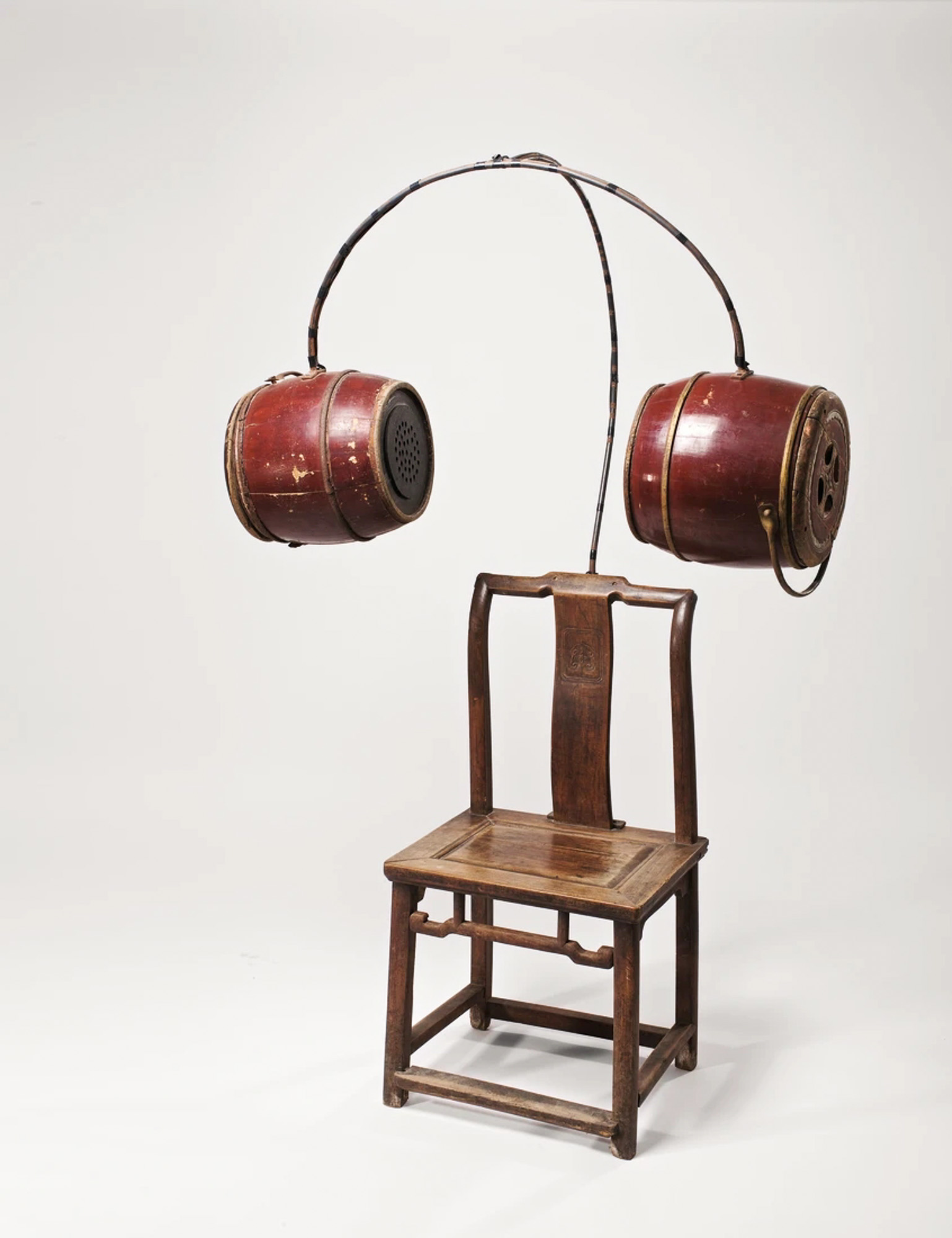
de Sarthe Gallery, Hong Kong
Sculptural installations by the late conceptual artist Chen Zhen (1955–2000) at de Sarthe Gallery highlight links between the physical world and the ritualistic realm. By using traditional Chinese wooden furniture in works such as Chair of Concentration (1999), Chen explores the duality found between the material and the spiritual, the community and the individual, and the interior and the exterior.
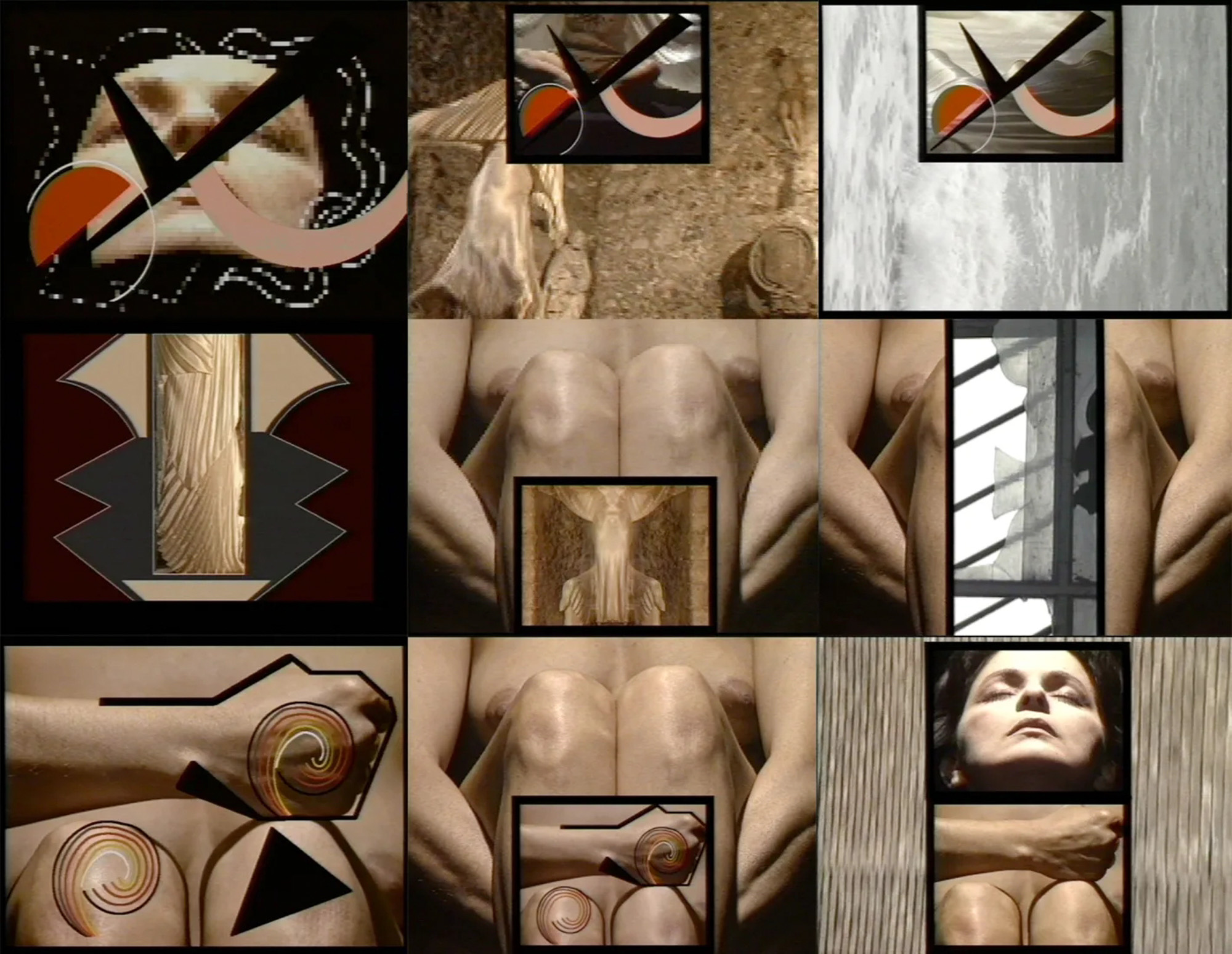
Galerist, Istanbul
Multi-media installation Hommage à Marquis de Sade (1989) by Nil Yalter at Galerist acts as a manifesto for the multidisciplinary artist’s style from 1985 to 1993, during which she detailed her personal journey as a female and as an artist. The video pays tribute to an array of ideas such as the work of the philosopher Marquis de Sade, who pioneered nihilism, as well the notion of freedom.
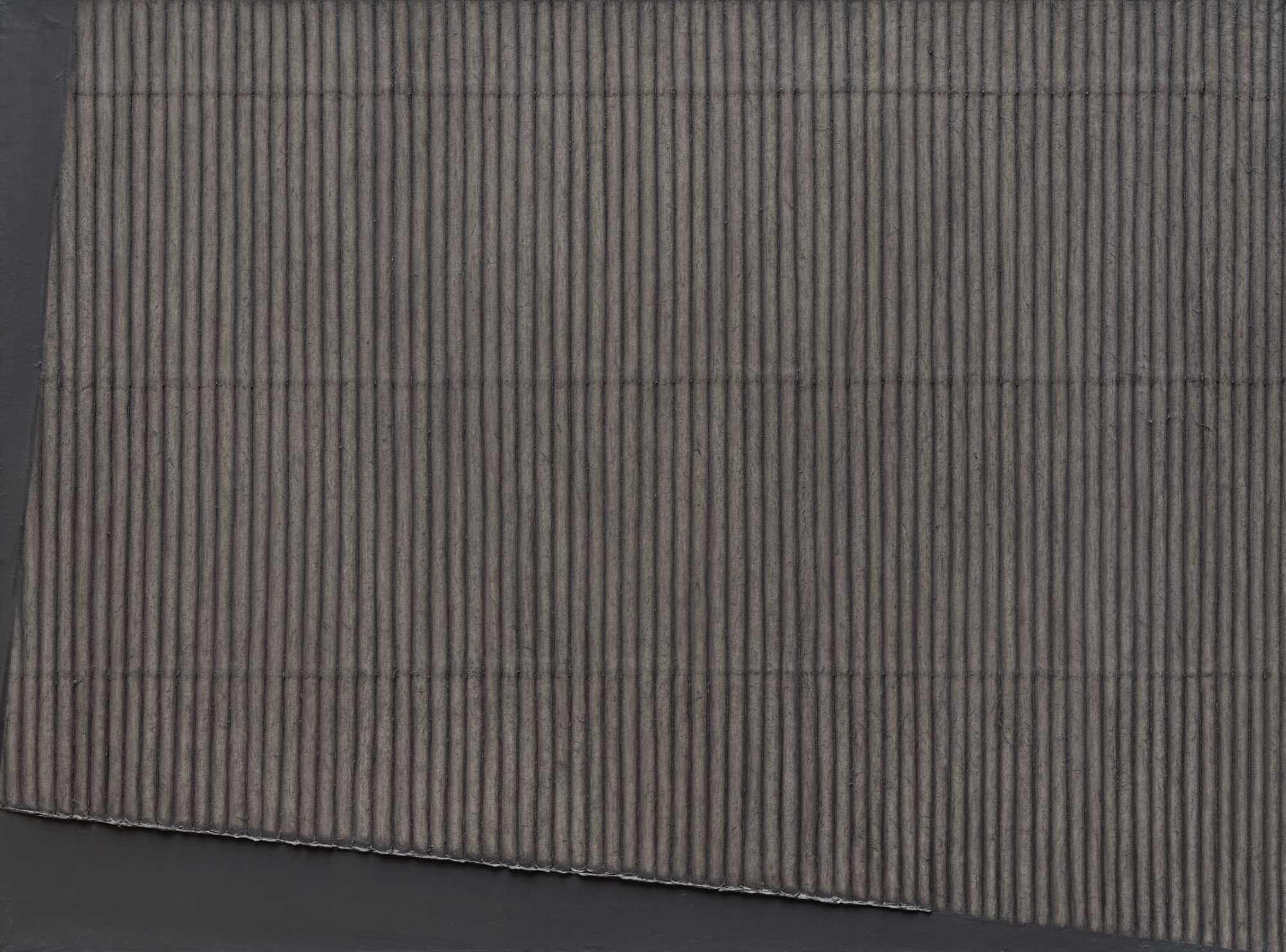
Kukje Gallery, Seoul / Busan
Kukje Gallery is spotlighting works by Korean postwar artists including Park Seo-Bo, Kwon Young-Woo, Ha Chong-Hyun, and Wook Kyung Choi, recognized as founders of the Dansaekhwa movement. These minimalistic abstractions marked a breakaway from Japanese and Western art hegemony since the 1970s, and at the same time, emphasize the materiality and dimensionality of painting.
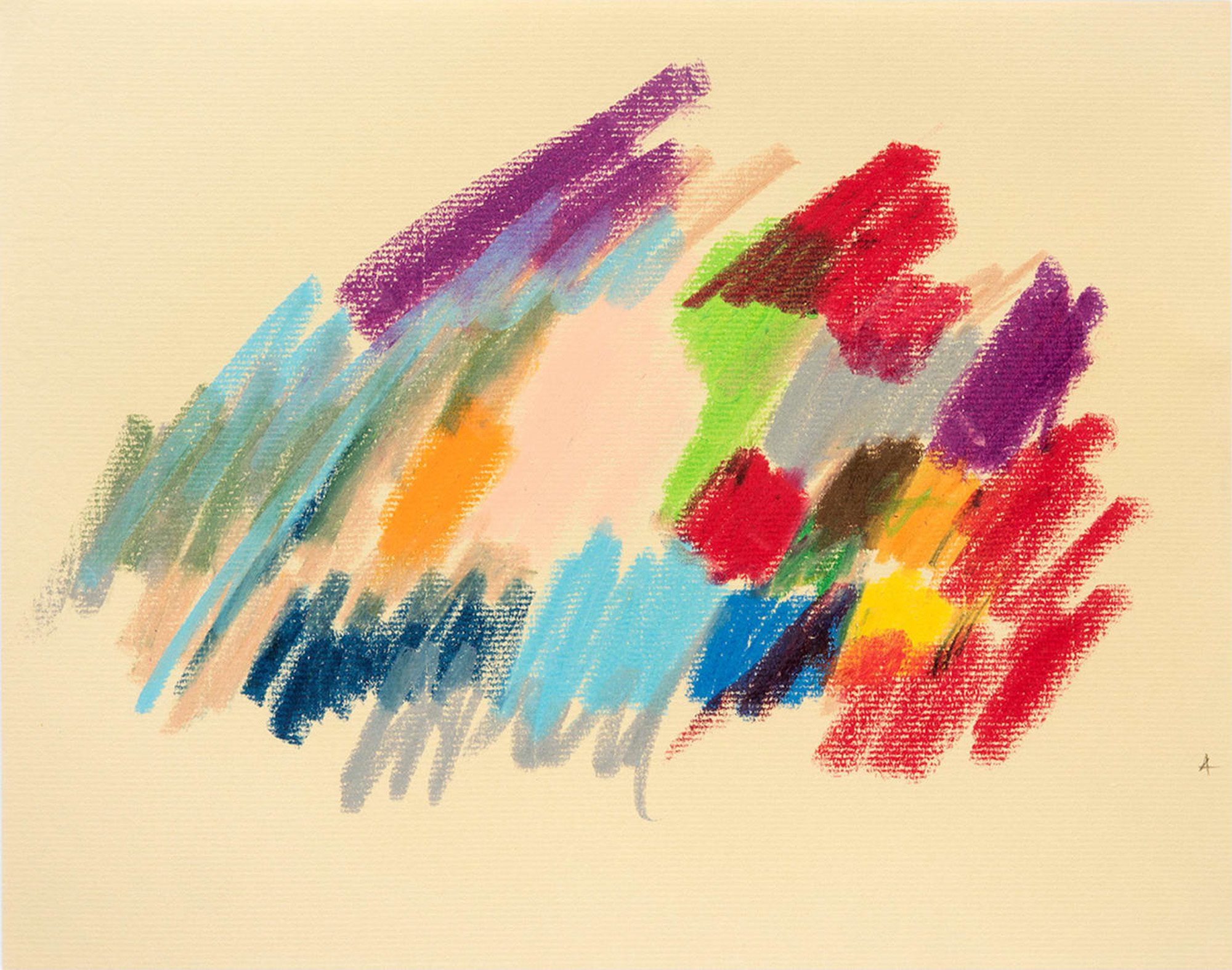
Galerie Lelong & Co., Paris / New York
Drawing influences across various cultures and aesthetics, artist and poet Etel Adnan is known for her boldly-colored drawings and paintings that meditate on the metaphysical reality of art. This is exemplified in Untitled (1970), a vivid abstracted landscape comprising dynamic strokes, in which the relationship between nature and art is contemplated. Works on paper by other artists, including Pierre Alechinsky, Gunther Förg, Hélio Oiticica, Nancy Spero, and Michelle Stuart are also being featured.
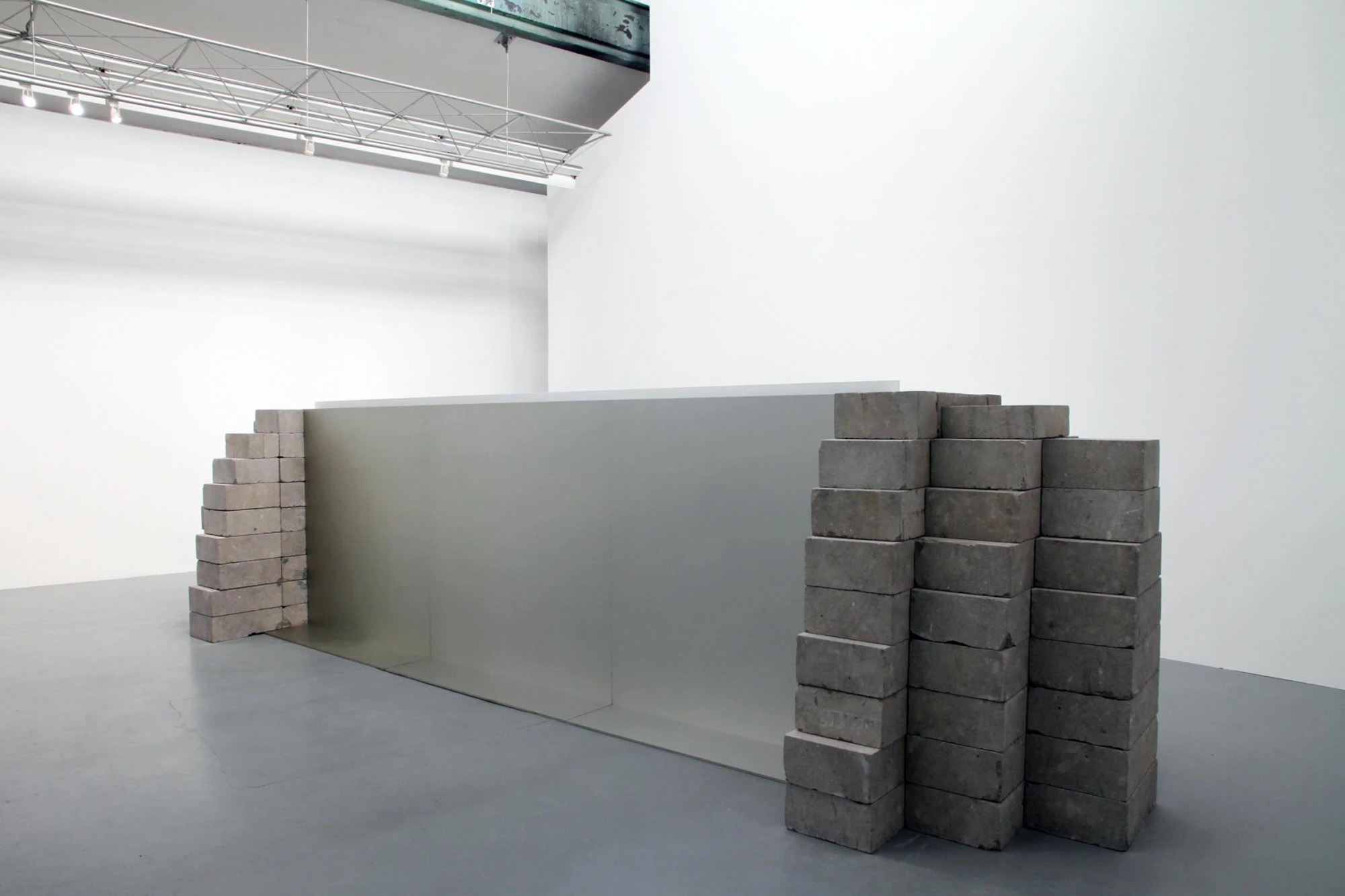
SCAI the Bathhouse, Tokyo
Mono-ha explores the interdependency between natural and artificial materials in an era of rapid industrialization by engaging with the essential properties of such materials. At SCAI the Bathhouse, Kishio Suga's aluminium and stone sculpture Enritsu Sokutai (1990) is an example of this, sandwiching a sleek, polished metal partition between slabs of bricks. Meanwhile, Tatsuo Miyajima explores the concept of life cycles in his works on paper Life Face Vol. 3 3310184…and Life Face Vol. 3 7797835… (both 1991).
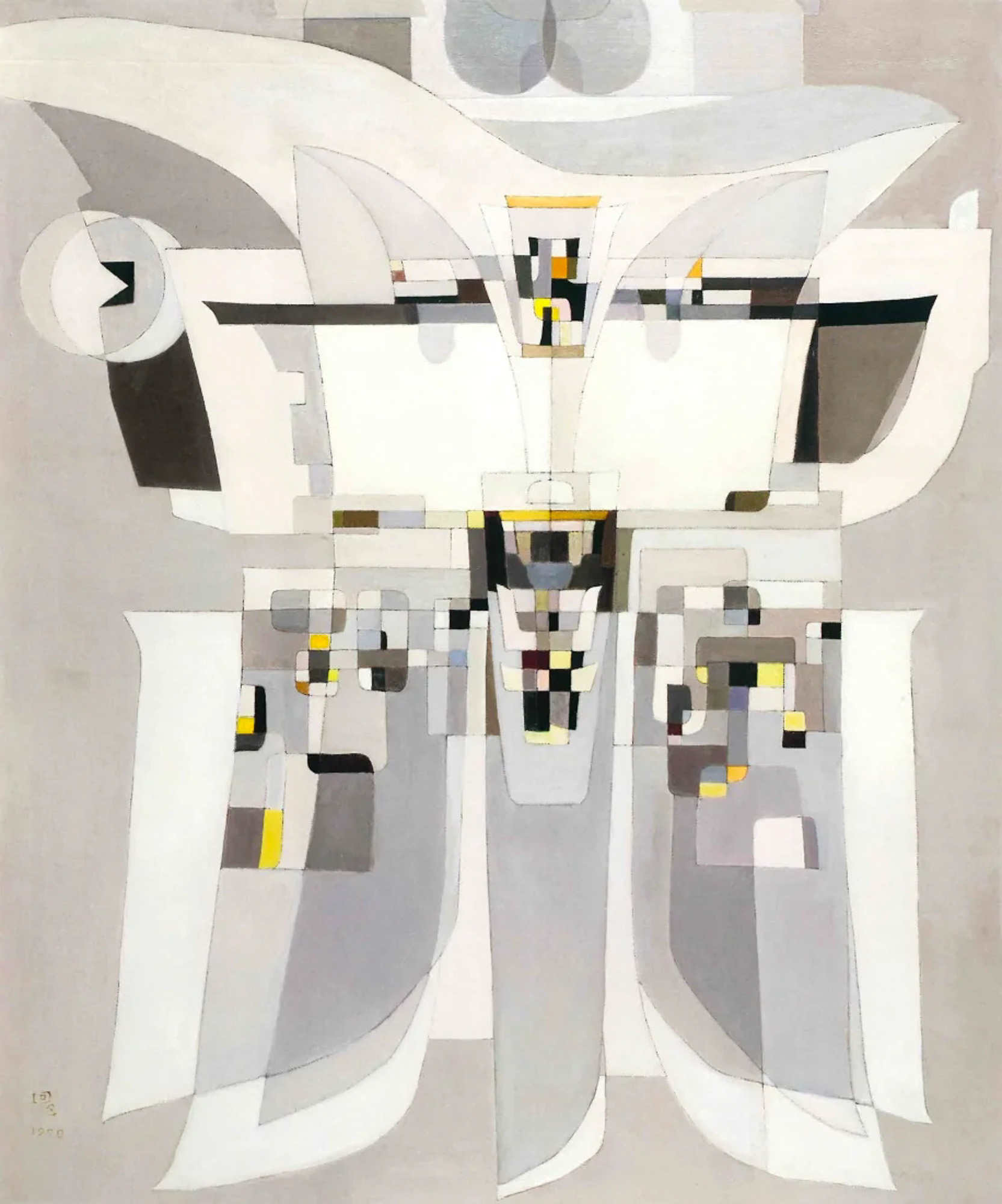
Pearl Lam Galleries, Shanghai / Hong Kong
Pang Tao’s abstract paintings, which she began to develop during the 1970s, departed from the popular socialist realism commonly found in China during this time. Instead, she turned to ancient bronzeware from the Shang dynasty (second millennium BC), painting them as flattened geometric forms and alluding to the freedom of creative expression, such as in Revelation of Bronze – B21 (1990).

Tokyo Gallery + BTAP, Tokyo / Beijing
Tokyo Gallery + BTAP highlights the works of several key post-war figures in East Asia, namely Lee Ufan, Kishio Suga, Susumu Koshimizu, Koji Enokura, Katsuhiro Yamaguchi, and Cai Guo-Qiang. These artworks investigate the metaphysical notions of objects and substance as well as the passage of time. In particular, Susumu Koshimizu’s wood installation Relief 80-9 (1980) encapsulates the Mono-ha movement’s exploration of natural and industrial materials.
Art Basel’s OVR:20c is online until October 31, 2020.
To read more of ArtAsiaPacific’s articles, visit our Digital Library.







